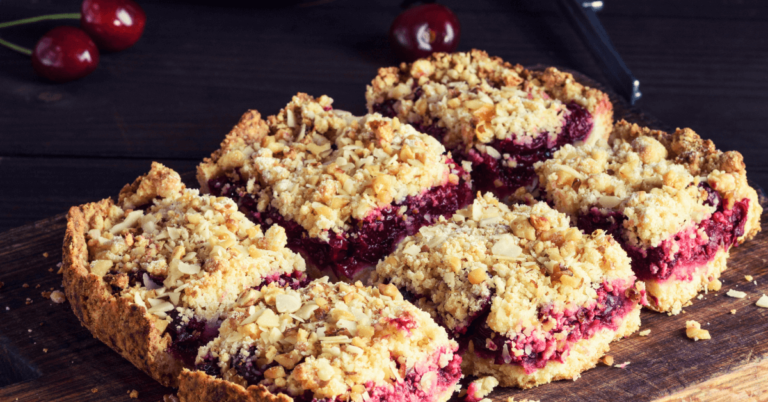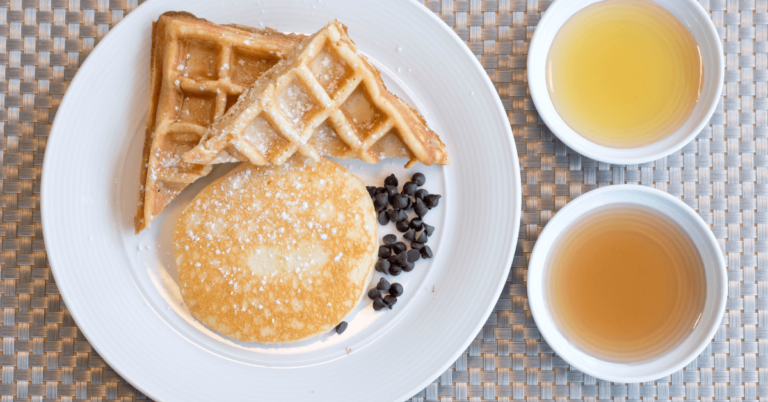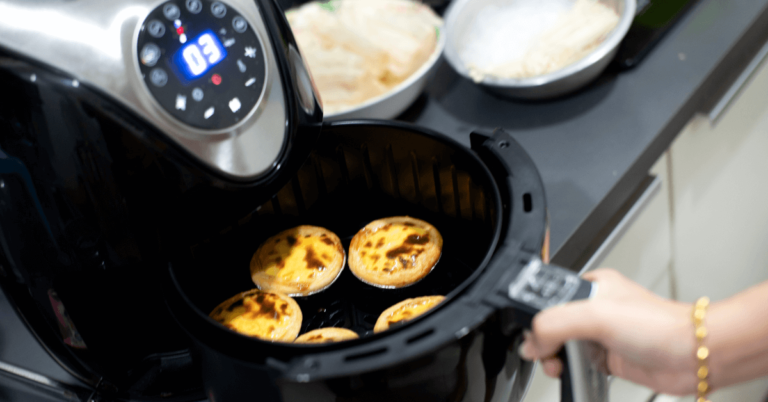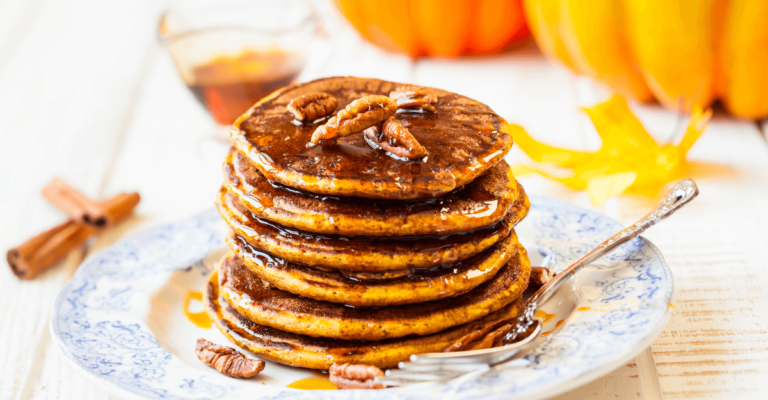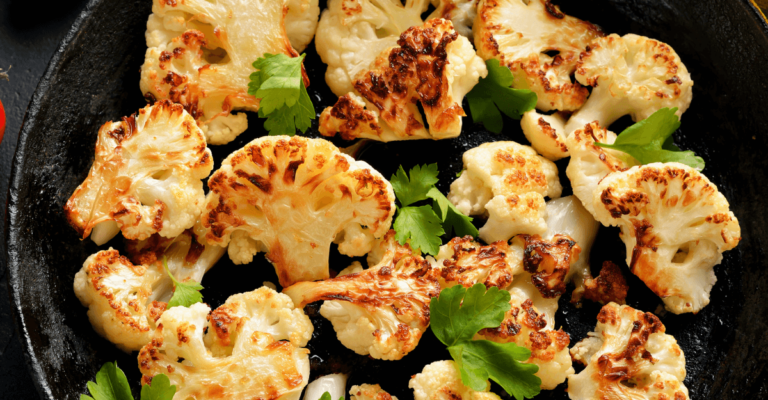Part 1: Introduction
Milk Alternatives for Pancakes; Who doesn’t love waking up to a stack of warm, fluffy pancakes? But what if you’re out of milk or need a dairy-free option? No worries! In this guide, we’ll explore various substitutes for milk in pancakes, ensuring your breakfast is always delicious and satisfying.
The Role of Milk in Pancakes
Milk is key in traditional pancake recipes for moisture, texture, and flavor. But can pancakes be just as good without it? Absolutely! The trick is finding the right substitute that works well with your other ingredients.
Exploring Milk Alternatives for Pancakes
From almond and soy milk to beer or water, there are many exciting alternatives to try. Each brings a unique twist to your pancakes, making breakfast an adventure in flavors and textures.
Dietary Diversity in Pancakes
Whether you’re vegan, lactose intolerant, or simply out of milk, there’s a substitute for everyone. Our guide will help you make pancakes that fit your dietary needs without compromising on taste.
Stay tuned as we delve deeper into the world of pancake ingredients, exploring how different substitutes can change your pancake experience. Get ready to flip your pancake routine upside down! 🥞✨
Part 2: Understanding Pancake Ingredients
Pancakes are more than just a breakfast treat; they’re a culinary canvas. Let’s explore the role of milk in pancakes and how switching it up can create new and exciting flavors.
The Role of Milk in Pancakes
Milk makes pancakes tender and rich. It works with flour for smoothness and helps pancakes rise. But what if we change the milk? Can we still get delicious pancakes? Absolutely!
Impact of Milk Alternatives for Pancakes
Different liquids bring new textures and tastes. Water might make pancakes less rich, while coconut milk adds a tropical twist. It’s all about finding the right balance for your taste buds.
Experimenting with Liquids
Pancake batter is forgiving and flexible. Try almond milk for a nutty flavor or yogurt for a tangy kick. Each option opens up a world of delicious possibilities.
Stay tuned for our next section, where we’ll dive into specific dairy and non-dairy alternatives. Your perfect pancake is just an experiment away! 🥞💫
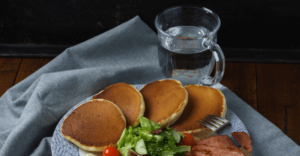
Part 3: Dairy Milk Alternatives Milk Alternatives for Pancakes
In the world of pancakes, milk is not the only star. There are several dairy milk alternatives that can add unique flavors and textures to your pancakes. Let’s explore some popular options.
Soy Milk: A Versatile Choice
Soy milk is a great alternative with a similar consistency to cow’s milk. It’s perfect for those who prefer a mild flavor that doesn’t overpower the pancakes. Plus, it’s packed with protein!
Almond Milk: For a Nutty Twist
Almond milk adds a subtle nutty flavor to pancakes, making them a bit special. It’s lighter than cow’s milk, so your pancakes might be less dense but equally delicious.
Oat Milk: Creamy and Rich
Oat milk is known for its creamy texture and slightly sweet taste. It can make your pancakes richer and is a fantastic option for a hearty breakfast.
Cashew Milk: A Smooth Operator
Cashew milk is less common but offers a smooth, creamy texture with a hint of sweetness. It’s a great way to add a touch of luxury to your morning pancakes.
Each of these alternatives can transform your pancakes in delightful ways. In the next part, we’ll look at non-dairy liquid substitutes that can also do wonders for your pancake recipe. Get ready to flip some amazing pancakes! 🥞🌈
Part 4: Non-Dairy Liquid Substitutes Milk Alternatives for Pancakes
Who says pancakes need milk to be delicious? Let’s explore some non-dairy liquids that can add a fun twist to your pancake recipe.
Water: A Simple Solution
Water is the easiest substitute when you’re out of milk. It keeps your pancakes light and dairy-free, perfect for a simple, no-fuss breakfast.
Beer: For Extra Fluffiness Milk Alternatives for Pancakes
Beer in pancakes? Absolutely! The fizz in beer makes pancakes super fluffy. Choose a malt-heavy beer for a richer flavor. It’s a fun way to jazz up your breakfast!
Coconut Milk: A Taste of the Tropics
Coconut milk brings a tropical flair to your pancakes, making them rich and flavorful. It’s a great choice for a summery twist on the classic pancake.
Each of these options offers a unique take on traditional pancakes. Whether you’re going for simplicity, fluffiness, or a tropical vibe, there’s a non-dairy liquid for every taste. Up next, we’ll look at other ingredient swaps to make your pancakes even more exciting. Stay tuned for more delicious ideas! 🥞🌟
Part 5: Other Ingredient Substitutions Milk Alternatives for Pancakes
Pancakes are a canvas for creativity, and tweaking the ingredients can lead to exciting new flavors. Let’s explore some easy swaps for flour, eggs, and butter.
Flour Alternatives: Beyond the Usual
- Banana Pancakes: Swap flour with mashed bananas for sweet, gluten-free pancakes. Just watch the liquid levels!
- Oat Flour Pancakes: Use oat flour for a heartier, gluten-free option. It’s denser, so you might need less.
Egg Substitutes: Keeping It Together
- Applesauce: This egg alternative keeps pancakes moist and adds a hint of sweetness. Use 1/4 cup per egg.
- Mayonnaise: Yes, mayo! It adds richness and binds well. Use three tablespoons for each egg.
Butter Alternatives: Flavorful and Rich
- Cooking Oil: Canola or vegetable oil can easily replace butter for a neutral taste.
- Coconut Oil: For a tropical twist, try melted coconut oil. It adds a unique flavor.
These substitutions not only cater to different diets but also add new tastes and textures to your pancakes. Next, we’ll share tips and tricks for using these substitutes effectively. Stay tuned for more pancake fun! 🥞✨
Part 6: Recipe Adjustments and Tips
Experimenting with pancake ingredients is fun, but it’s also an art. To ensure your pancakes turn out just right, here are some adjustments and tips when using substitutes.
Adjusting Quantities and Measurements
- Liquid Balance: When using liquid substitutes like almond milk or water, start with a little less than the recipe calls for. You can always add more to reach the desired consistency.
- Flour Density: With denser flours like oat flour, use less than you would with all-purpose flour. A good rule of thumb is to start with three-quarters of the recommended amount and adjust as needed.
Tips for Successful Pancake Making
- Mixing the Batter: Avoid overmixing. Lumps are okay! Overmixing can make pancakes tough.
- Testing the Pan: Before pouring your first pancake, test the pan’s heat with a small amount of batter. It should sizzle gently.
- Flipping Pancakes: Wait until you see bubbles on the surface and the edges look set. Then, flip gently.
Remember, making pancakes with substitutes is about trial and error. Don’t be afraid to adjust and experiment. In the next part, we’ll answer some frequently asked questions about substituting milk in pancakes. Get ready to become a pancake pro! 🥞🔍
Part 7: FAQs Milk Alternatives for Pancakes
When it comes to tweaking classic pancake recipes, questions abound. Let’s address some common queries about substituting milk in pancakes, helping you perfect your breakfast game.
Can I Use Water Instead of Milk in Pancakes?
Yes, you can use water as a simple substitute for milk. The pancakes will be lighter and less rich but still delicious.
Will Almond Milk Change the Taste of My Pancakes?
Almond milk can add a subtle nutty flavor to your pancakes. It’s a great way to infuse a new taste while keeping the texture similar to traditional pancakes.
Is It Possible to Make Pancakes Without Eggs?
Absolutely! Applesauce or mashed bananas are great egg substitutes, adding moisture and binding the batter without eggs.
Can I Make Pancakes Without a Dairy or Non-Dairy Milk Substitute?
Yes, you can use other liquids like soda water for fluffiness or even just plain water. Each option will give a different texture and flavor to the pancakes.
How Do I Make Gluten-Free Pancakes?
Use gluten-free flour options like oat flour or almond flour. Remember to adjust the liquid content, as these flours absorb moisture differently.
Can I Make Pancakes Healthier?
Definitely! Use whole-grain flour with natural sweeteners, or add fruits and nuts to increase the nutritional value of your pancakes.
In the next part, we’ll wrap up our comprehensive guide on milk substitutes in pancakes. Get ready to take your pancake skills to the next level! 🥞🌟
Part 8: Conclusion
We’ve journeyed through the world of pancake-making, exploring a variety of substitutes for milk that can transform this classic breakfast dish into something new and exciting every time. From the richness of almond milk to the simplicity of water, the possibilities are endless.
Embracing Pancake Versatility
Pancakes are incredibly versatile. Whether you’re accommodating dietary restrictions or just looking to experiment, there’s always a way to tweak the recipe to suit your needs. Remember, the key to great pancakes lies in balancing the ingredients and being open to a bit of trial and error.
Encouragement for Experimentation
Don’t be afraid to try different substitutes and ingredient combinations. Each variation brings its unique flavor and texture, adding a personal touch to your cooking. Pancakes are not just a meal; they’re an expression of creativity in the kitchen.
Final Thoughts
As we conclude this guide, we hope you feel inspired to step into your kitchen and start experimenting with your pancake recipes. Whether you’re a seasoned chef or a beginner, the world of pancakes is welcoming to all. So, grab your spatula, and let’s make some pancakes!
Stay tuned for more culinary adventures and tips. Happy pancake making! 🥞✨

